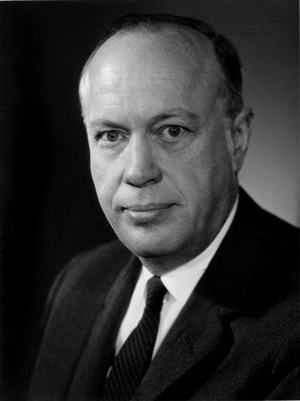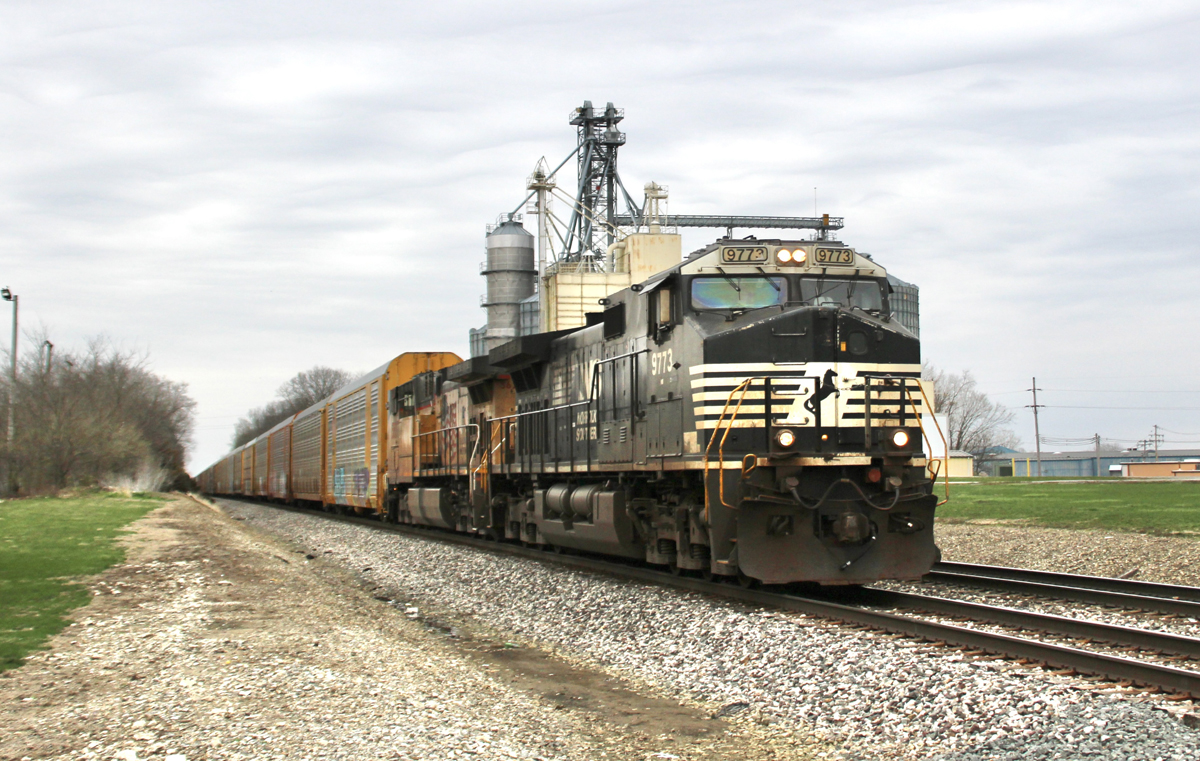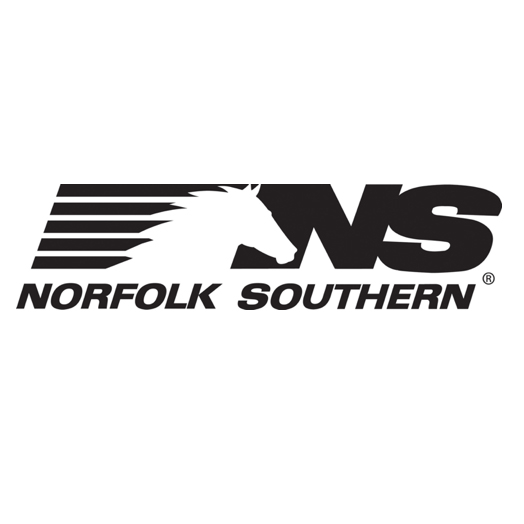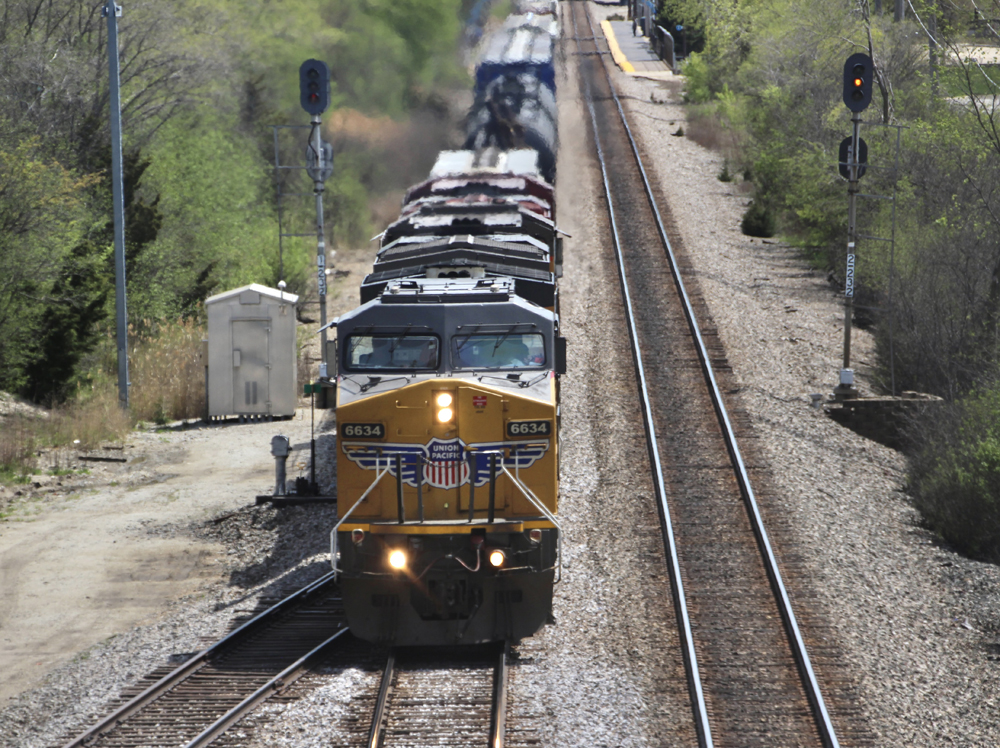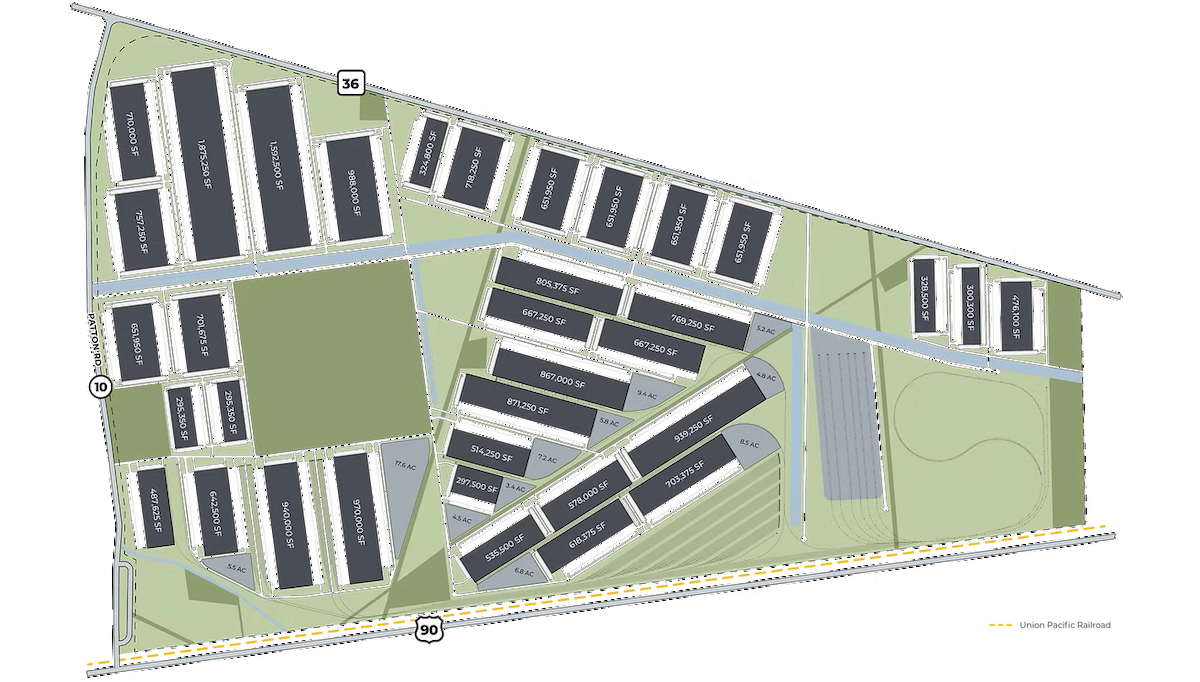Downing’s railroad career began with Pennsylvania Railroad during the Great Depression. When PRR laid him off, he took a job as Great Northern Railway’s Whitefish, Mont.-based roadmaster. He moved around the system, and in the early 1950s, while working as a trainmaster at Hibbing, Minn., came to know John Budd, a rising star in the company. When Budd took a promotion to GN’s president in 1951, he named Downing to be superintendent of the railroad’s Minot Division, headquartered in Minot, N.D.
After running the division and overseeing construction of Gavin Yard in Minot, Downing took a promotion to vice president-executive department at GN headquarters in St. Paul, Minn. He became executive vice president in the mid-1960s, and in that capacity, he helped assemble an operating plan for a new company that was to be formed by the merger of GN; Northern Pacific; Chicago, Burlington & Quincy; and Spokane, Portland & Seattle.
Earl Currie, a manager in Burlington Northern’s operating department during the 1970s, befriended Downing, and said the successful merger is to the credit of Downing and his counterparts at NP, CB&Q, and SP&S.
“In comparison to other mergers of that day, BN was a resounding success,” Currie said. “The management team was put together as a blend of the three roads. No one could ever say on a reasonable basis that one road dominated the others.”
The merger plan included building a new Northtown hump yard at Minneapolis and an elevated connection between NP, GN, and SP&S routes at Latah Junction in Spokane. Under the operating plan Downing helped craft, Currie says, everything was in place so contracts could be let immediately after the merger was completed.
As BN’s chief operating officer from 1971 until 1976, Downing convinced the board to construct a line into Wyoming’s Powder River Basin coal fields (see writer John Gruber’s April 2010 story). The line he oversaw culminated in what’s now a triple-track main line shared by BNSF and UP.
After his 1976 retirement, Downing pursued his interest in railroad history. He’s been active in railroad historical societies, and a regular visitor to BNSF headquarters in Fort Worth, Texas, where a street is named in his honor. “He and [BNSF President] Matt Rose would visit quite often on the phone,” Currie said. Downing also frequently visited the BNSF yard office in Spokane to meet with railroaders and keep in touch with operations.
In mid-July, Downing attended the Northern Pacific Railway Historical Association convention in Spokane. Currie, who accompanied him to the meeting, reflected on the irony of a longtime GN boss being welcomed at the convention of a historical society of GN’s longtime rival.
While at the convention, Downing began to feel ill, and Currie drove him home. The next day, he was admitted to a local hospital, where doctors performed surgery on his stomach. He became weaker after the surgery and never recovered.
Currie said Downing was mentally sharp to the end, and died surrounded by his family.
He’ll be remembered, Currie said, as a “person of high character and values, and he imparted those on others.” While other prominent railroad bosses of the era ruled by fear and militarism, Currie said Downing “was of a different mindset, and people respected him. People did things for him because they wanted to.” – Andy Cummings





